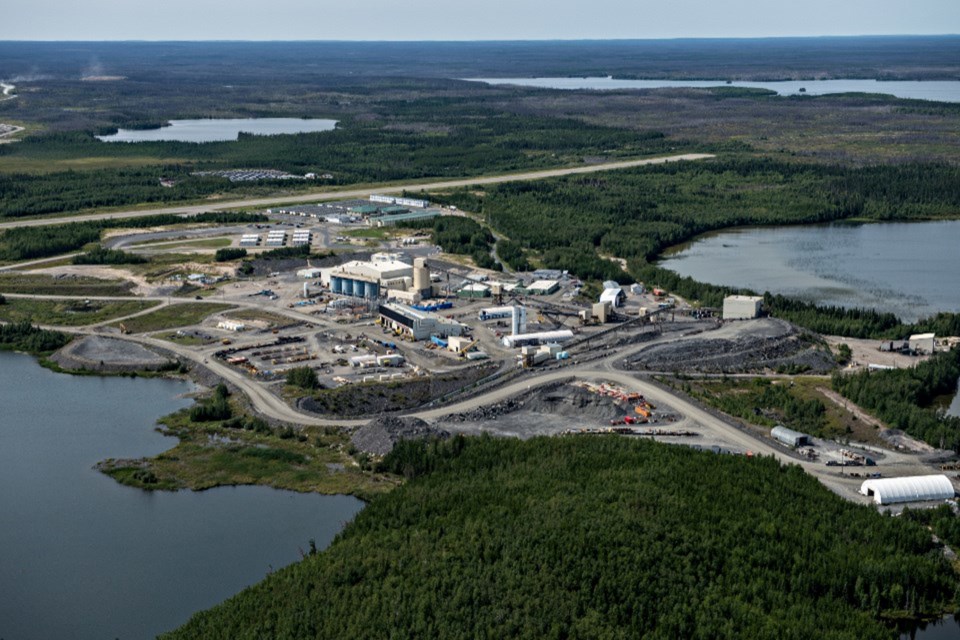Ontario just cracked the top 10 list in the Fraser Institute’s 2023 annual survey of the best mining jurisdictions in the world.
While this province and the rest of Canada are known for their natural resources wealth, governments still have much work to do to make this country more investor-friendly, concluded the report released by the public policy think tank on May 14.
Respondents to the survey said the uncertainty surrounding protected areas, land claims disputes, and environmental regulations continue to hinder mining investment in various Canadian jurisdictions.
A total of 293 respondents participated in the survey this year providing sufficient data to evaluate 86 jurisdictions.
The various jurisdictions were assessed and ranked based on attractiveness in mineral endowment and government policy in mining, which impact global attitudes to invest in mineral exploration.
Canada placed five jurisdictions in the global top 10 with Saskatchewan ranked third, for the fifth time in six years, followed by Quebec at 5th, Manitoba 6th, Newfoundland & Labrador 9th, and Ontario at 10.
According to the report, Ontario marginally decreased its score in the Investment Attractiveness Index by 0.3 points, yet climbed to 10th place out of 86 after ranking 12th out of 62 in 2022.
But Ontario has room for improvement on the regulatory front.
The identities of the respondents quoted in the report were kept anonymous.
The president of a mining consulting firm said Ontario has too many “grey” areas in the permitting process that deters investment.
The president of an exploration outfit said the province’s cadastre system (an inventory of land parcels, boundaries, and property ownership information) is transparent and provides an incentive for investment.
Another head of an exploration company said the dispute over licensing for many projects delays the development of projects.
A mining company manager commented that obtaining permits for a mine closure of a mine site has been “unnecessarily difficult.”
Leading the pack for best jurisdictions in the world is Utah, followed by Nevada, Saskatchewan, Western Australia, Quebec, Manitoba, Arizona, Northern Territory (Australia), Newfoundland & Labrador, and Ontario.
Nunavut (65th), Northwestern Territories (45th), Nova Scotia (36th), and British Columbia (32nd) are the Canadian jurisdictions with the lowest scores in terms of policy factors.
The report said some Canadian provinces and territories are not capitalizing on their strong mineral potential because of a lack of investment-friendly policy. Yukon (ranked 28th) and Northwest Territories (45th) are Top 10 jurisdictions when it comes to mineral endowment but government policy factors have pushed them up in the rankings.
British Columbia (ranked 32nd) has been a poor performer because of investor concerns over policy due to land claim disputes and protected areas.
“Overall, we see that uncertainty surrounding protected areas, land claims disputes and environmental regulations continue to hinder mining investment in various Canadian jurisdictions,” said the Fraser Institute’s news release.



